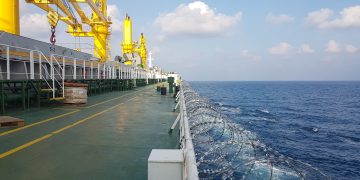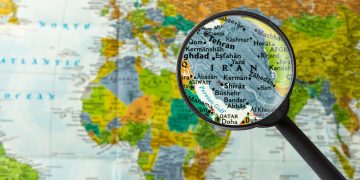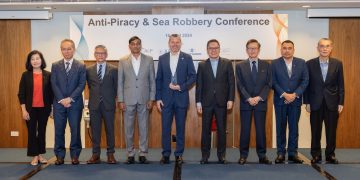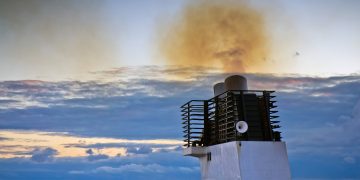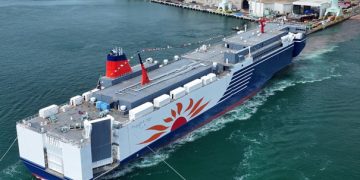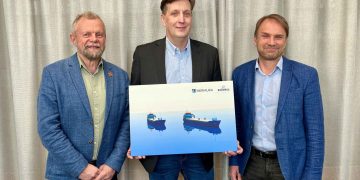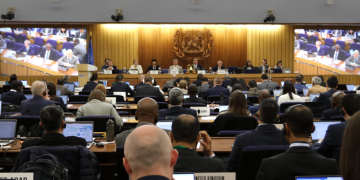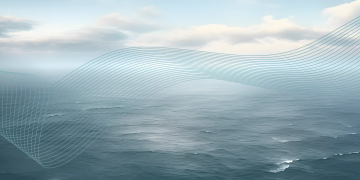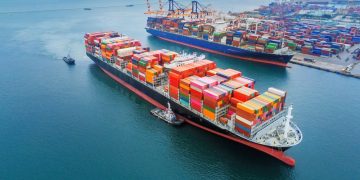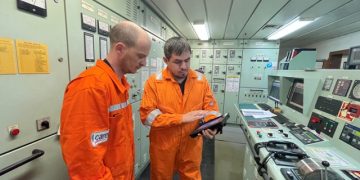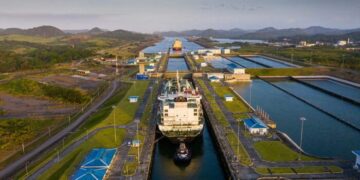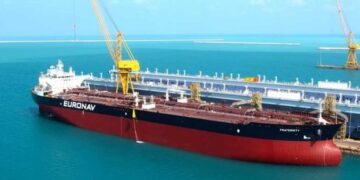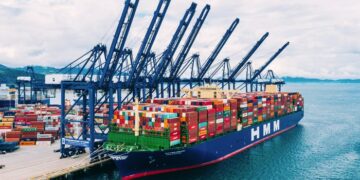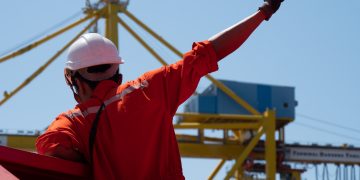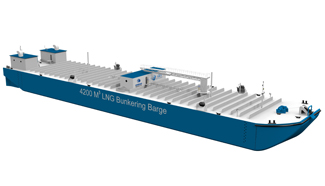LNG bunker fuel network gets designed for U.S. Gulf Coast
LNG America announced an agreement with Buffalo Marine Service, Inc. (Buffalo Marine) to cooperate on the design of an LNG bunker fuel network for the U. S. Gulf Coast region. LNG America is developing a hub-and-spoke delivery system for LNG as fuel for the marine market and other high horsepower applications. Ultimately, LNG America will establish a robust delivery infrastructure to ensure the secure and safe delivery of LNG as fuel in major US ports. Buffalo Marine is one of the premiere bunkering companies in the Gulf of Mexico with over 50 vessels dedicated to bunkering in the region. The agreement will incorporate Buffalo Marine’s logistical, commercial, and administrative expertise regarding bunkering operations with LNG America’s experience with LNG as fuel for high horsepower applications; understanding of the emerging demand for LNG as a bunker fuel; and overall business-development efforts related to LNG bunkering. “Combining the bunkering experience of Buffalo Marine with our LNG experience and our progress towards building the infrastructure necessary to support LNG bunkering will help us to provide the best possible service to the emerging LNG fueled marine customers while using the best safety practices available from both industries,” said Keith Meyer, President and CEO of ...
Read more





